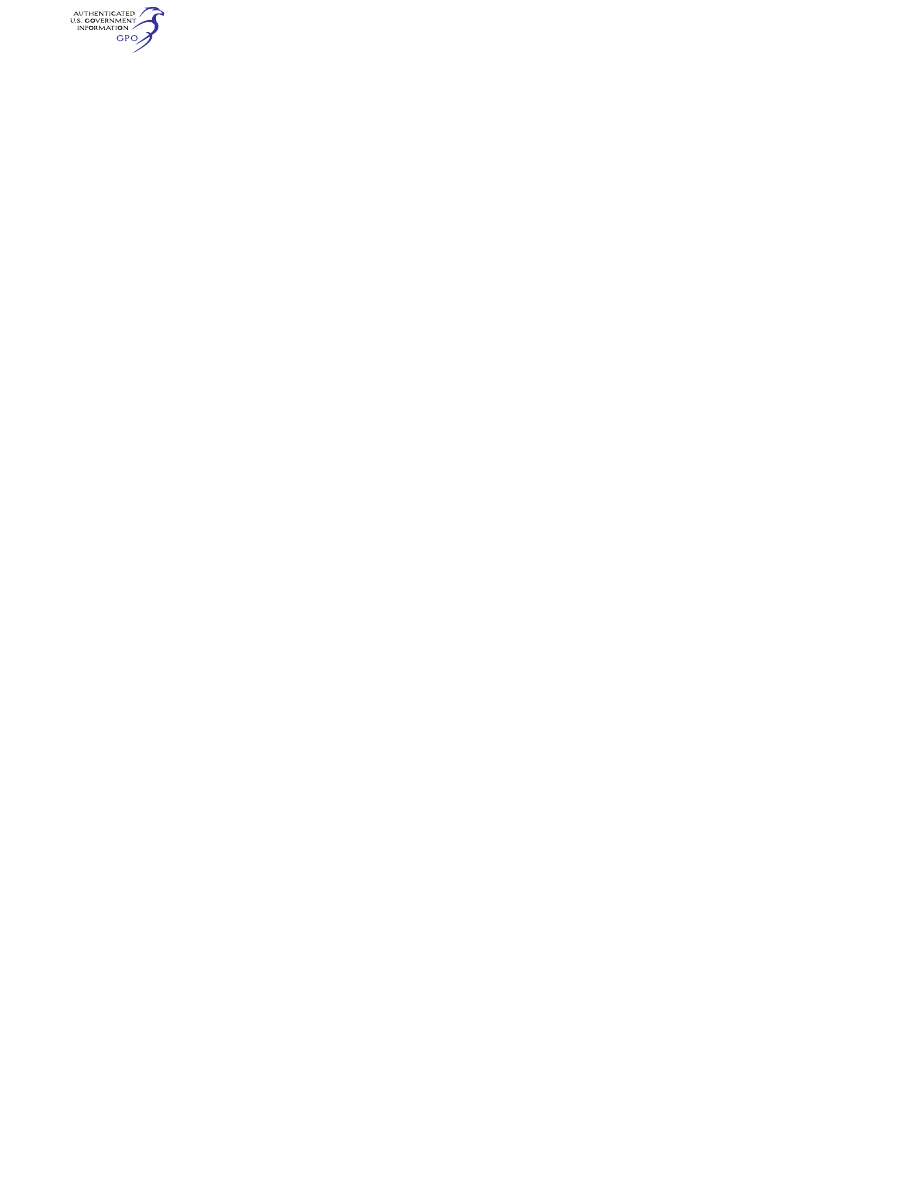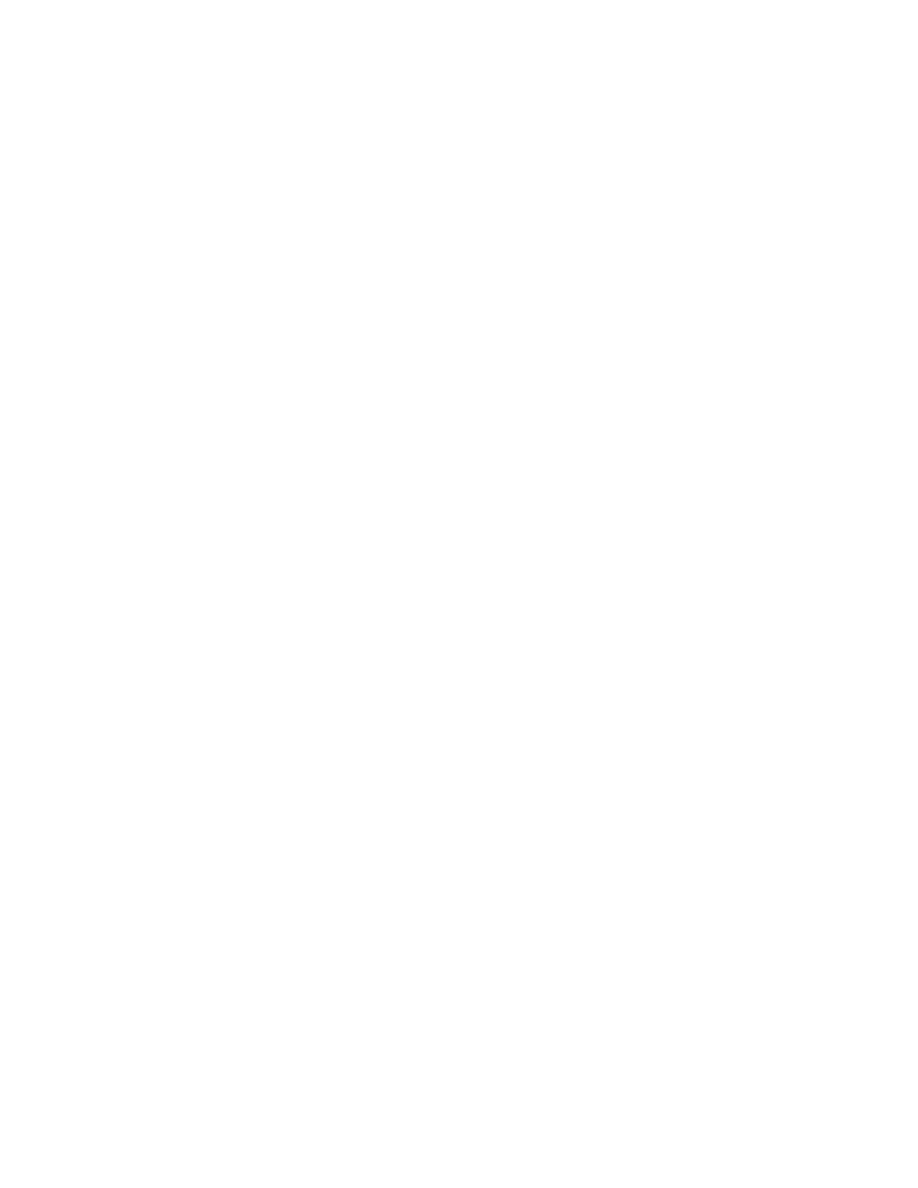
554
14 CFR Ch. I (1–1–24 Edition)
§ 61.131
have met the total aeronautical experi-
ence requirements of this section, pro-
vided the applicant satisfactorily com-
pleted an approved commercial pilot
course under part 142 of this chapter
and the approved course was appro-
priate to the commercial pilot certifi-
cate and aircraft rating sought.
(j)
Technically advanced airplane. Un-
less otherwise authorized by the Ad-
ministrator, a technically advanced
airplane must be equipped with an elec-
tronically advanced avionics system
that includes the following installed
components:
(1) An electronic Primary Flight Dis-
play (PFD) that includes, at a min-
imum, an airspeed indicator, turn coor-
dinator, attitude indicator, heading in-
dicator, altimeter, and vertical speed
indicator;
(2) An electronic Multifunction Dis-
play (MFD) that includes, at a min-
imum, a moving map using Global Po-
sitioning System (GPS) navigation
with the aircraft position displayed;
(3) A two axis autopilot integrated
with the navigation and heading guid-
ance system; and
(4) The display elements described in
paragraphs (j)(1) and (2) of this section
must be continuously visible.
[Doc. No. 25910, 62 FR 16298, Apr. 4, 1997;
Amdt. 61–101, 62 FR 16892, Apr. 8, 1997; Amdt.
61–103, 62 FR 40904, July 30, 1997; Amdt. 61–
104, 63 FR 20288, Apr. 23, 1998; Amdt. 61–124, 74
FR 42558, Aug. 21, 2009; Amdt. 61–124A, 74 FR
53645, Oct. 20, 2009; Amdt. 61–142, 83 FR 30278,
June 27, 2018]
§ 61.131
Exceptions to the night flying
requirements.
(a) Subject to the limitations of
paragraph (b) of this section, a person
is not required to comply with the
night flight training requirements of
this subpart if the person receives
flight training in and resides in the
State of Alaska.
(b) A person who receives flight
training in and resides in the State of
Alaska but does not meet the night
flight training requirements of this
section:
(1) May be issued a pilot certificate
with the limitation ‘‘night flying pro-
hibited.’’
(2) Must comply with the appropriate
night flight training requirements of
this subpart within the 12-calendar-
month period after the issuance of the
pilot certificate. At the end of that pe-
riod, the certificate will become in-
valid for use until the person complies
with the appropriate night flight train-
ing requirements of this subpart. The
person may have the ‘‘night flying pro-
hibited’’ limitation removed if the per-
son—
(i) Accomplishes the appropriate
night flight training requirements of
this subpart; and
(ii) Presents to an examiner a log-
book or training record endorsement
from an authorized instructor that
verifies accomplishment of the appro-
priate night flight training require-
ments of this subpart.
[Doc. No. 25910, 62 FR 16298, Apr. 4, 1997;
Amdt. 61–103, 62 FR 40905, July 30, 1997]
§ 61.133
Commercial pilot privileges
and limitations.
(a)
Privileges—(1) General. A person
who holds a commercial pilot certifi-
cate may act as pilot in command of an
aircraft—
(i) Carrying persons or property for
compensation or hire, provided the per-
son is qualified in accordance with this
part and with the applicable parts of
this chapter that apply to the oper-
ation; and
(ii) For compensation or hire, pro-
vided the person is qualified in accord-
ance with this part and with the appli-
cable parts of this chapter that apply
to the operation.
(2)
Commercial pilots with lighter-than-
air category ratings. A person with a
commercial pilot certificate with a
lighter-than-air category rating may—
(i)
For an airship—(A) Give flight and
ground training in an airship for the
issuance of a certificate or rating;
(B) Give an endorsement for a pilot
certificate with an airship rating;
(C) Endorse a pilot’s logbook for solo
operating privileges in an airship;
(D) Act as pilot in command of an
airship under IFR or in weather condi-
tions less than the minimum pre-
scribed for VFR flight; and
(E) Give flight and ground training
and endorsements that are required for
a flight review, an operating privilege
or recency-of-experience requirements
of this part.
VerDate Sep<11>2014
14:00 Mar 14, 2024
Jkt 262047
PO 00000
Frm 00564
Fmt 8010
Sfmt 8002
Q:\14\14V2.TXT
PC31
aworley on LAPBH6H6L3 with DISTILLER
